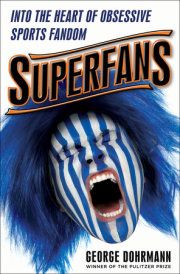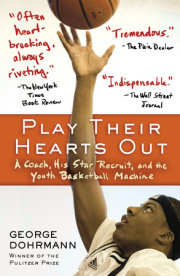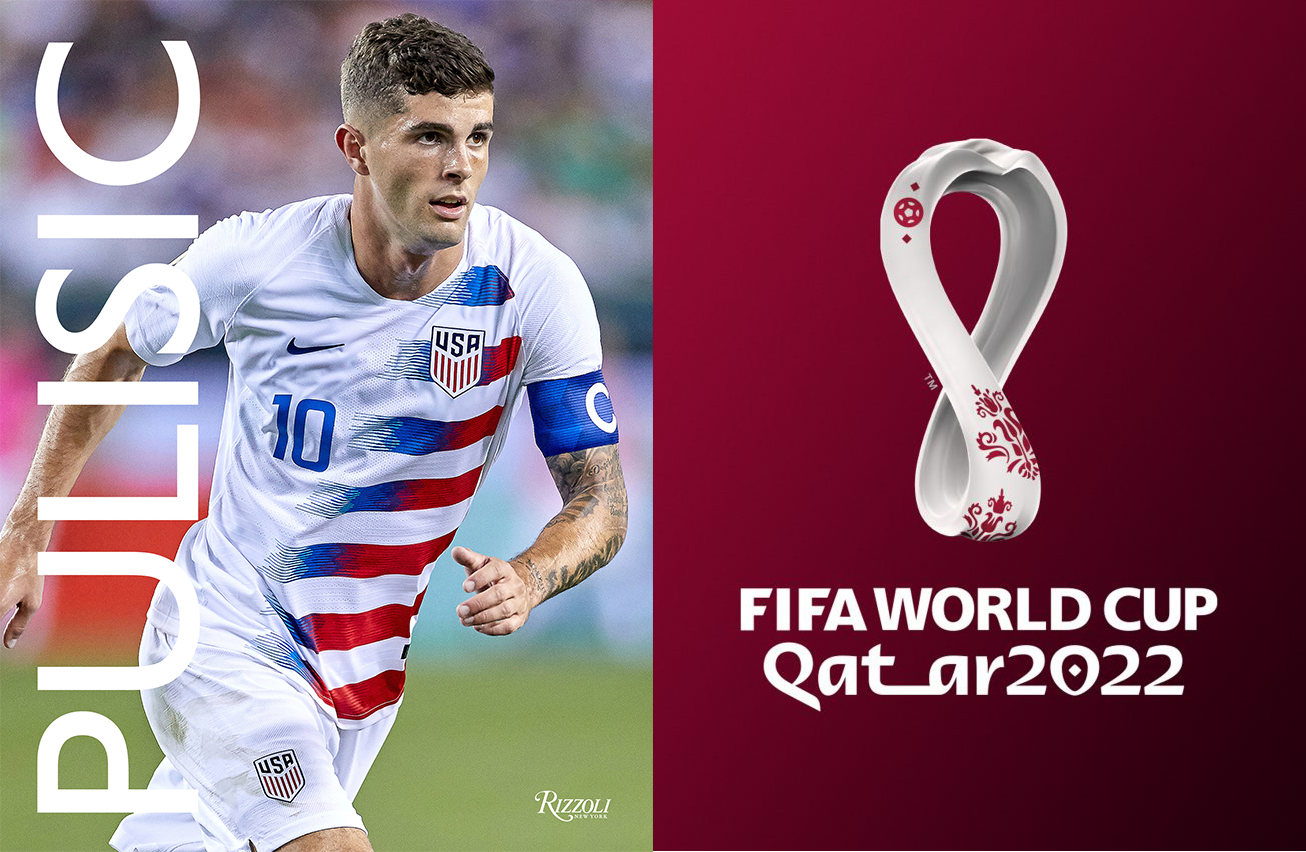1
The American WayTailoring soccer for success in the States
The meeting took place on August 15, 1964. That much is certain.
There have been reports that it was staged in the Torrance, California, garage of one of the participants, which conjures images of men in plaid pants sitting in lawn chairs, drinking Coors from yellow pull-top cans.
Later, at least one of the participants insisted they met at a restaurant, not someone’s home. Given the date, small talk may have centered on the Angels pitcher who’d just been suspended for fighting a sportswriter, or race riots in New Jersey and Illinois.
One retelling placed the meeting at a hotel near Beverly Hills, which is about as far from a Torrance garage as one can get.
The archives of the American Youth Soccer Organization (AYSO), from which most of this chapter is drawn, are fuzzy on the details, but there is no dispute over who organized the meeting: Duncan Duff, president of the Greater Los Angeles Soccer League (GLASL). Duff was a Scotsman who had played and then coached adult teams in the area. He had led the GLASL since 1953, and he set up the meeting because he believed the Los Angeles area was ready to expand beyond adult teams. It was time to try to bring youth soccer to the Southland again.
The again was why Bill Hughes was Duff’s first call. About eight years earlier, in 1956, Hughes, who was British, had created a youth league within the GLASL. It consisted of fourteen teams, with kids ranging in age from nine to fourteen. Teams were divided along ethnic lines—a German team, a Scottish team, a Mexican team, and so on—just like in the GLASL adult league. The number of kids on each squad was determined simply by how many signed up, meaning some teams had dozens of kids and others had just enough to field a team. No consideration was given to where the children lived; some players on the Yugoslavian team had to drive twenty miles to practice.
Halfway through that 1956 season, Hughes asked for a “special meeting” to discuss the youth league’s future. Youth soccer in the GLASL was doomed, he told league leaders. Coaches and referees were dropping out, refusing to make the long commutes. Players who were riding the bench all game were quitting. He hadn’t gotten the numbers he wanted because, in part, some kids refused to be part of “ethnic” teams. Scores were too lopsided.
He suggested that the GLASL radically rethink their approach to youth soccer, and offered four proposals:
• Only fifteen players maximum per team. This would eliminate situations like the time a team showed up with thirty-three players and its opponent had only seven.
• Every player must play at least twenty minutes of each half. The league had seen too many kids quit because they didn’t get to play.
• Eliminate ethnic names for teams. Some kids (or their parents) were refusing to join teams called Scots or Magyars or Croats.
• Keep teams within ten miles of a central point. This would eliminate the lengthy travel that caused coaches and referees to quit.
The leadership of the GLASL didn’t have the appetite to remake youth soccer. Six weeks later, at the end of the season, Hughes’s youth league folded.
Eight years later, Duff wanted to give it another try, and he asked Hughes to spearhead the effort. Hughes said he would get involved only if he had allies open to rethinking how to sell the game to American families. Hughes’s GLASL experience taught him that just throwing the sport in front of Americans and hoping they saw its appeal wasn’t going to cut it. You had to present soccer to them, craft the experience, in a way that made it seem less foreign. Hughes and others would refer to this as having to “Americanize” the sport. It was a core belief, a guiding principle. They talked openly and often about doing soccer “The American Way,” which meant adopting the changes Hughes suggested.
Duff also contacted Hans Stierle, who had gotten a small soccer program off the ground in South San Gabriel but had recently moved to Torrance. Steve Erdos, Ralph Acosta, and Ted McLean were also brought in, all of them involved in local adult soccer in some way, all of them eager to grow the game in the area.
For the meeting at the Torrance restaurant (or the garage, or the hotel) Hughes brought with him a document outlining the changes he had tried to make to the GLASL’s youth league years earlier. He asked the men to commit to bringing those changes to the new league.
They all agreed that the league should not be affiliated with the GLASL. Best to start fresh, without that association. Names for this new endeavor were bandied about; at one point they settled on Southern California Junior Soccer League. But then Hughes argued that they should think bigger, try to form something that could go national. It would need a name that reflected that ambition.
Hughes was a logical choice for this new organization’s first president, but when Erdos nominated him, Hughes declared that it would be “our first and last mistake.” He said he was “too typically British to be the head of an American organization.”
That ruled out Erdos (a Romanian) and Acosta (Mexican) and McLean (Scottish)—leaving Stierle. He had spent a large portion of his life in Germany, his parents’ native country, and his given name was, well, Hans. But he was born in the United States, and that mattered above all else. The front-facing leader, the man families would look to as they pondered letting a child try soccer, had to be seen as a “real” American.
With Stierle as president and the others filling out the remaining board positions, the men left the gathering at around 10:00 p.m. AYSO, which would become perhaps the most influential youth soccer organization in U.S. history, was conceived in about ninety minutes.
The South Bay of Los Angeles in the 1960s was as ideal a place as any in the U.S. to start a soccer league. In 1962, the Los Angeles Air Force Base opened in El Segundo on the site of what had once been an aircraft factory. There, the U.S. would create the satellites and missiles it stockpiled in its effort to keep ahead of Soviet efforts to do the same. Around the base, aerospace companies flush with lucrative defense contracts drew skilled workers to the area. The population of El Segundo and the nearby beach cities more than doubled, to around 125,000 by 1965, and many of the people buying the bungalows and cottages in the area were families from Europe who arrived with a love of soccer.
The coaches and referees of the first AYSO league, created in Torrance by Stierle, were mostly foreign-born, and many of the players that made up the initial teams were their children (including Stierle’s own kids). But Stierle also recruited locals with no soccer exposure. He once interrupted a softball game at a local field and asked the kids to try kicking a ball around with him. Some liked it enough to join his new league.
The first AYSO game was held February 13, 1965, at Jefferson Elementary in Torrance—across the street from Stierle’s house. Bill Hughes’s guidelines meant to “Americanize” the sport had clearly been followed. The two teams were called the Bulldogs and the Hornets, a far cry from Scots and Croats. Stierle broke the game into four quarters, making it easier to track playing time so that every kid played at least a quarter. And much attention was paid to the parents; they were encouraged to volunteer and be right on the sideline, cheering away.
The second game, a week later—the Firefighters vs. the Panthers—was equally well-executed and well-received. (One player on the Firefighters was a twelve-year-old from Torrance, Siegfried “Sigi” Schmid, the son of German immigrants. He would go on to play at UCLA, coach UCLA to three NCAA men’s soccer titles, win the MLS Cup as coach of the Columbus Crew, and retire in 2018 as the winningest coach in MLS history.) Two weeks later, Erdos staged a game in Culver City, the first contest in the AYSO league he formed there.
This is how soccer grew in Southern California, with the original AYSO board members seeding the game in certain areas and it spreading from there. AYSO soon expanded to Northern California and then to other states. In its first year, the organization registered 125 players. By its fifth, it had 1,830. In the 1973–74 season, AYSO’s tenth year, its players numbered 26,340. It helped that AYSO soccer was a relatively inexpensive endeavor. As an early AYSO treasurer told a local newspaper: “A soccer team can be field[ed] for the cost of outfitting one [American] football player.” In the first few years, the cost to register a player was $5. It eventually rose to $7, but AYSO was transparent about how it got to that number: $2 to medical insurance, $3 to equipment and operations (like field rental), $1 to AYSO national headquarters for operations. And $1 to a fund that promoted soccer in new areas.
Copyright © 2022 by George Dohrmann. All rights reserved. No part of this excerpt may be reproduced or reprinted without permission in writing from the publisher.








